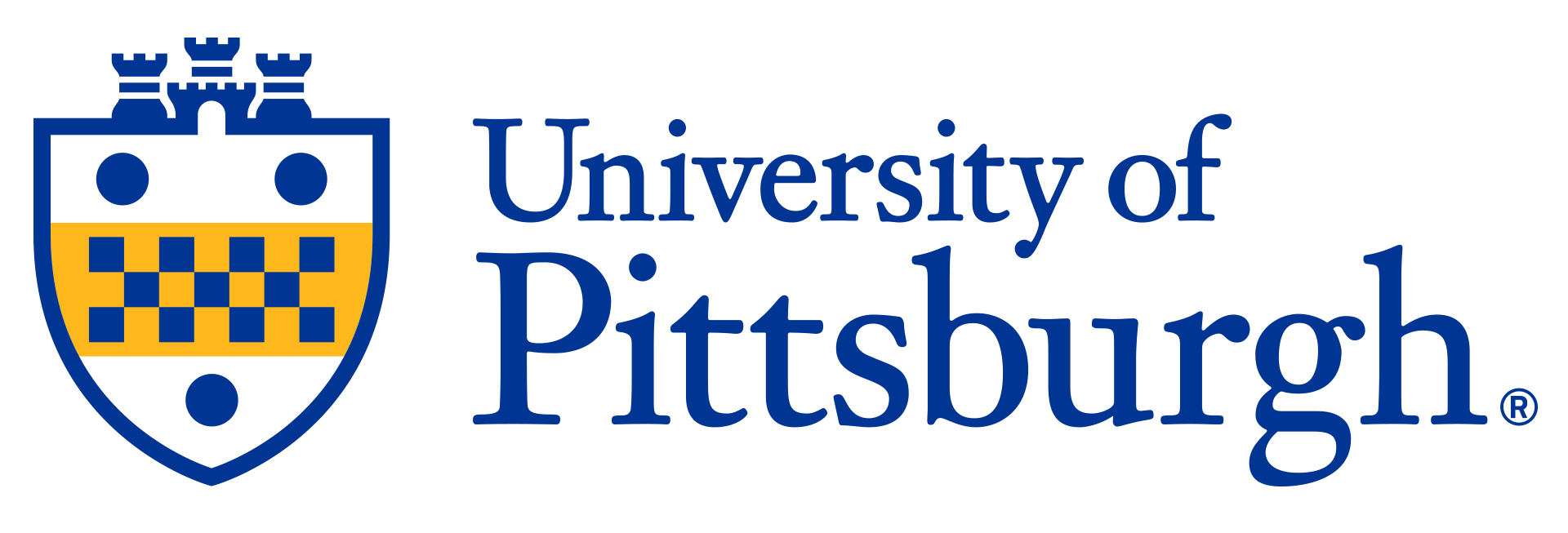

Method of Inducing Pluripotent Cells From Pericytes
This technology utilizes three-dimensional spheroid culture techniques to transform human pericytes isolated from the aortic adventitia into pluripotent cells. Cells are cultured using either agarose-coated substrates or suspended polymer nanofiber scaffolds, effectively avoiding the use of Matrigel. Bulk RNA sequencing confirms enhanced expression of key pluripotency genes and reveals distinct shifts in cadherin, integrin, and mechanosensing gene profiles, along with the induction of endothelial markers. The approach allows for controlled spheroid formation, providing a robust platform for cellular reprogramming and advancing regenerative medicine protocols.
Description
Its differentiation stems from integrating well-established scaffold technologies with innovative three-dimensional culturing methods, setting it apart from traditional monolayer approaches. The reliance on accessible, cost-effective materials and the elimination of animal-derived matrices enhance its clinical viability. Extensive gene expression validation further demonstrates its precision and reliability. This method represents a significant breakthrough in tissue engineering, offering a scalable and consistent pathway for developing pluripotent cells that can potentially revolutionize therapeutic strategies.Applications
- Regenerative medicine therapies- Tissue engineering scaffolds
- Personalized cell therapies
- In vitro disease modeling
- Drug discovery applications
Advantages
- Enables the induction of pluripotency in human pericytes, unlocking a novel cell source for regenerative medicine.- Eliminates the need for Matrigel, potentially reducing costs and variability in clinical applications.
- Utilizes established three-dimensional culture techniques (agarose-coated substrates and polymer nanofiber scaffolds) that enhance cell-cell interactions and mechanosensing gene expression.
- Induces key endothelial markers and modulates cadherin and integrin profiles, supporting advancements in tissue engineering.